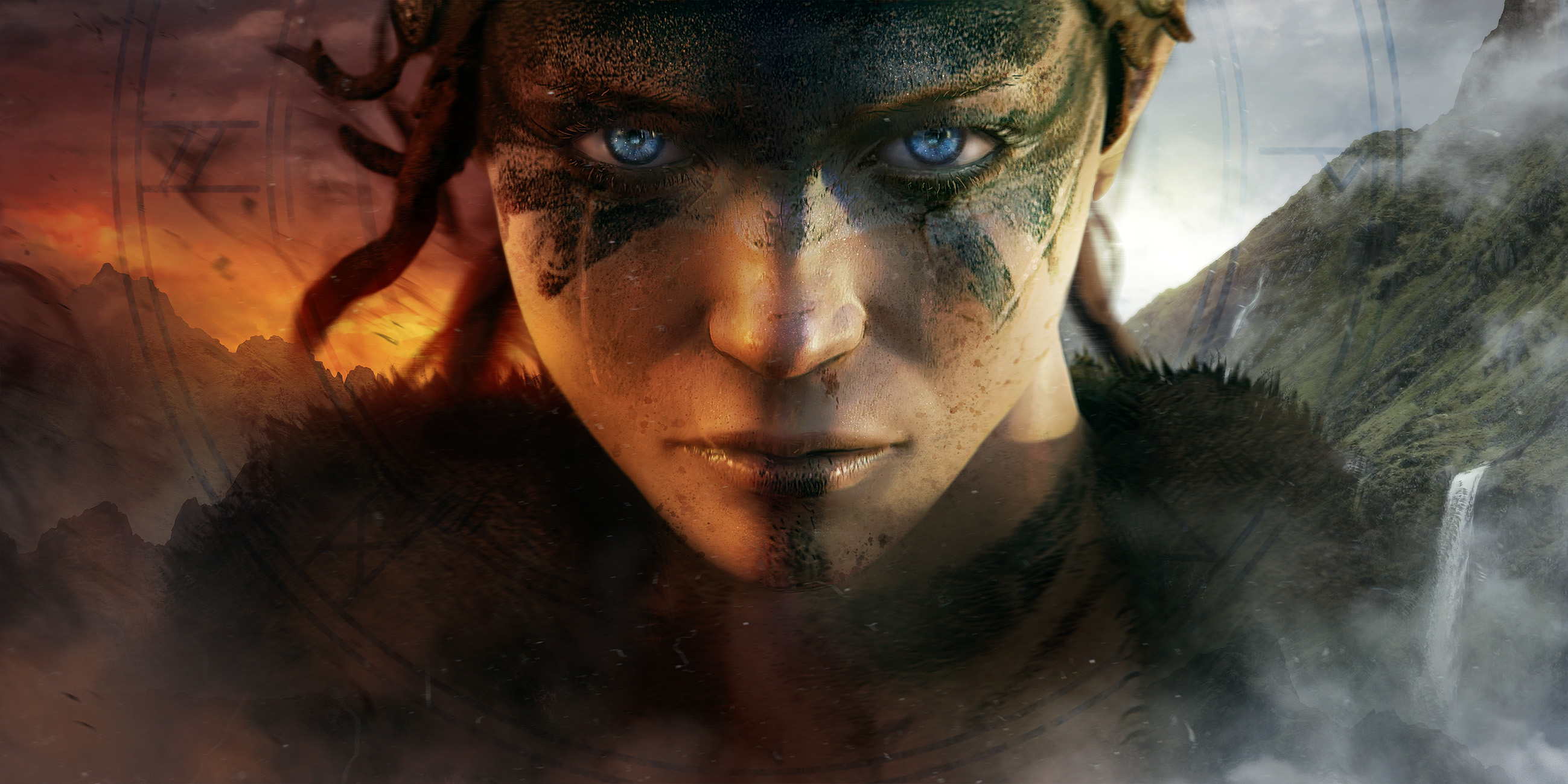Building Hellblade, Ninja Theory's gritty Norse brawler

Ninja Theory is motion-capturing the cutscenes for Hellblade in its boardroom. I feel this is worth pointing out because I’ve never even heard of it being done before.
This DIY method of creating something that’s usually professionally outsourced is Hellblade all over. Ninja Theory wants to make a third-person action-adventure that’s as accomplished as its previous games without getting a publisher to pay for it.
Just north of 100 people work at the studio right now. On one side of the Cambridge business park office, the vast majority the staff—around 60 of them—have been working on the Marvel-powered Disney Infinity 2.0. The little superhero toys are everywhere. On the other, quieter side of the building, a skilled group of Ninja Theory veterans—around 12-13 staff and never likely to rise above 15—are completely reworking the way the games studio has traditionally functioned, in order to make Hellblade.
Hellblade will be the first game that Ninja Theory truly owns. Motion-capturing in their main meeting room is just one way chief creative officer Tameem Antoniades and company are exploring more economic methods to achieve more ambitious results.
What are the limits of the team we have? And what can we create within those limits?
“I think given that we have only one of everyone on the team, we have to work from a different angle,” he tells me. “What are the limits of the team we have? And what can we create within those limits? We could’ve created a game like Enslaved or DmC and mapped out all the levels and then gone about building them, but I know that on those teams we had six level designers or half a dozen if not a dozen environment artists and animators and effects people. So it takes something like 20-30 people to make the environments of our previous games, and we’ve got one person doing that on this game, so if we did it the old way—the standard way—you wouldn’t have much of a game there at all. So, let’s think more about the challenge.”
Hellblade is a quintessential Ninja Theory project, a third-person adventure with a bedrock of third-person hack-and-slash combat. It’s set in Helheim of Norse mythology. Players take the role of Senua, a character built out of the recent (well, 2002) discovery of a Celtic goddess known as Senuna. Antoniades drew upon the Viking invasion of Orkney in Scotland as inspiration for the game’s Viking enemy. The combat system is targeting DmC’s responsiveness, but with a beat-’em-up’s approach to player expression (less combos, more skill required).

“We wanted to do a melee game, a sword-based game, and so for that you need an excuse not to have guns,” Antoniades explains. “Setting it in a time where there were no guns is the best way to do that. And we didn’t really want to do another Asian-themed game like Heavenly Sword, so I was kind of searching for a setting, and I thought Celtic Britain wasn’t a subject I see a lot of in games. The only thing I knew about is Boadicea, and sort of Braveheart, which is a grossly confused and inaccurate representation of what the Scottish Celts were like... I investigated Celtic culture a bit more, and I came across an article on the BBC where they’d found a new goddess called Senuna... but it was reported as Senua. And it was interesting, because there was no real information about who this person was and there will never be information about who that person was. It’s sad we’ll never know, but I thought there’s enough room here to create a new mythos.”
Keep up to date with the most important stories and the best deals, as picked by the PC Gamer team.
I’d categorise all of Ninja Theory’s games—PlayStation 3 exclusive Heavenly Sword, Andy Serkis-led adaptation Enslaved and Devil May Cry reboot DmC—as good to great. I think they exhibit a clear arc of rising standards in terms of what the team can do, especially in art direction and combat design. Ninja Theory is a studio big enough to make a linear action game, but not large enough to create an Assassin’s Creed. Disney Infinity 2.0, I suspect, pays the bills, and taps into the studio’s rare expertise with satisfying and complex combat. Hellblade, I believe, will belong alongside DmC and its ilk in that canon of refined action games, but this project will also expand Ninja Theory’s remit substantially—mainly because the development demands it.
Ninja Theory’s plan isn’t just to build a microcosm of its previous games and sell it for £15—it’s to make a game of near equivalent value to DmC: Devil May Cry on a smaller budget. Whereas in the past, development of combat systems, art direction and environmental design would be a staggered process, on Hellblade everything is being created in tandem. Without the luxury of time, exploration suddenly becomes very important. It’s the one system you can build around while combat is coming together.


